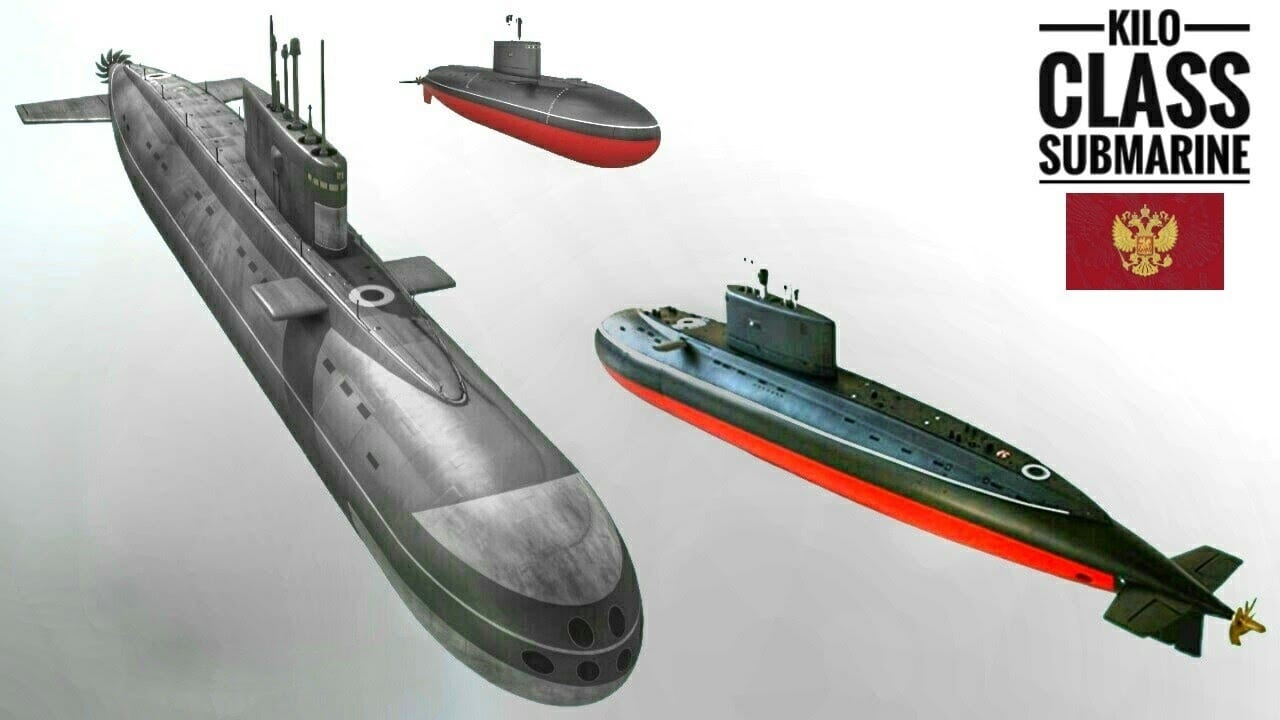As attempts to salvage a revitalized joint U.S.-Iranian nuclear agreement dissipate, the Islamic Republic of Iran has both indirectly and overtly threatened America and its top regional adversary Israel.
Israel and Iran have been engaged in a “Shadow War” for many years. However, recent incidents reveal an intense uptick in escalation. Iranian officials have threatened to blow up New York City, kidnap American citizens on U.S. soil and recently boasted about its new ballistic missile which was reportedly designed to reach the Israeli city of Haifa.
While many of the regime’s claims in the past have been exaggerated, Iran does possess weapons that should concern Americans and Israelis alike. Let us have a look at what I would consider Iran’s top 5 weapons of war:
The Sejjil Missile Family
The Sejjil is a family of solid-fueled medium-range ballistic missiles.
First tested in 2008, the surface-to-surface ballistic missile is more advanced than its Shabab counterparts due to its enhanced mobility.
Solid-fueled missiles allow for faster launch times which also protects the missile more during its launch.
Origins of the missile date back to the 1990s and many analysts have linked China to aiding its development in part.
As specified by CSIS’s Missile Defense Project, “The Sejjil missile has a length of 18 m, a diameter of 1.25 m, and an overall launch weight of 23,600 kg. It can deliver a payload of around 700 kg to its 2,000 km range.”
With a maximum range of around 2,000 kilometers, some industry experts believe that Iran will use the Sejjil missile to carry nuclear warheads once the regime develops this weapon.
Since Iran’s nuclear breakout time is rapidly approaching, the threat the Sejjil poses to its adversaries has grown.
Ghadir: Iran’s mini-submarines
Designed to cruise the shallow waters of the Persian Gulf, Iran’s Ghadir class of midget submarines make up most of Iran’s vessels. These submarines have a surface displacement of approximately 117 tons.
The Ghadi’s smaller frame also makes the vessel difficult to detect.
While the Ghadir class of submarines may not appear to be a formidable threat since they are less advanced than the country’s Kilo-class fleet, these mini-submarines host a specific capability that makes the platform significant to Iran’s Navy.
Iran’s Navy cruises along the Strait of Hormuz, a strategically critical body of water that sees nearly a fifth of the world’s oil production pass through it annually. The Strait is extremely shallow, which limits larger and typically more advanced underwater vessels.
Due to this limiting factor, the Kilo-class of submarines can only function in one-third of the Gulf, while the Ghadir class can cruise throughout.
Mowj-class Guided Missile Frigate
In 2021, Iran’s third Mowj-class frigate entered service with the country’s Navy.
This class of frigates reportedly hosts anti-submarine warfare and other systems that enable it to counter surface and air threats.
The Mowj has a displacement of 1,500 tons, a speed of 30 knots, and can hold a crew of 140. According to Navy Recognition, the Mowj-class frigate is armed with four Noor or Qader anti-ship missiles, among other forms of ammunition.
Additionally, the Mowj-class features torpedo launches and up-to-date radars- making the frigate class the most advanced ship in Iran’s Navy.
The Khalij-e Fars Missile
Referred to by some as Iran’s “carrier killer,” the Khalij-e Fars anti-ship ballistic missile (ASBM) plays a critical part in Iran’s naval capabilities.
The single-stage solid-propellant quasi-ballistic missile has a range of approximately 300 kilometers and can carry a payload of 650 kilograms.
Based on the Fateh-110 missile, the Khadlij-e Fars also hosts an interception-evading guidance system.
The Iranian-state run media outlet Fars News Agency described the missile’s purpose as “designed to destroy targets and hostile force at sea.” However, the missile could easily be used to target oil tankers in the Strait of Hormuz- a tactic the regime often employs.
As explained by The Diplomat, Iran would likely deploy “a combination of anti-ship missiles, naval mines and swarms of small motorboats” to shut down shipping routes in the Strait. The Khalij-e missile would only aid the regime’s efforts if this scenario played out.
Iran’s Regional Proxy Groups
Although Iran’s aligned militias do not technically qualify as weapons, proxy warfare has become a staple in the regime’s military strategy. Yemen, Syria, Iraq, and Lebanon all host Iranian-linked militias that function on behalf of the regime.
Iran’s Islamic Revolutionary Guard Corps (IRGC) funnels weapons via underground and overseas smuggling operations to these fighters, which often target the U.S., Israel and other regional adversaries.
Over the last few years, Iran’s proxy groups have ramped up its attacks across the Middle East.
Affiliates in Iraq have launched dozens of rocket and drone attacks targeting U.S. military personnel since the 2020 killing of Gen. Qassem Soleimani. Iran’s Lebanese-based militia Hezbollah has simultaneously carried out barrages of attacks across its border targeting Israel.
Yemen’s Houthi rebels, also linked to Iran, are singlehandedly prolonging the devastating civil war in the country through incessant attacks as well.
While Iran’s arsenal of ballistic missiles and armed submarines should concern its adversaries, the regime’s ultimate weapon is its control of region-wide groups with easier access to its targets.
Maya Carlin is a Middle East Defense Editor with 19FortyFive. She is also an analyst with the Center for Security Policy and a former Anna Sobol Levy Fellow at IDC Herzliya in Israel. She has by-lines in many publications, including The National Interest, Jerusalem Post, and Times of Israel.

